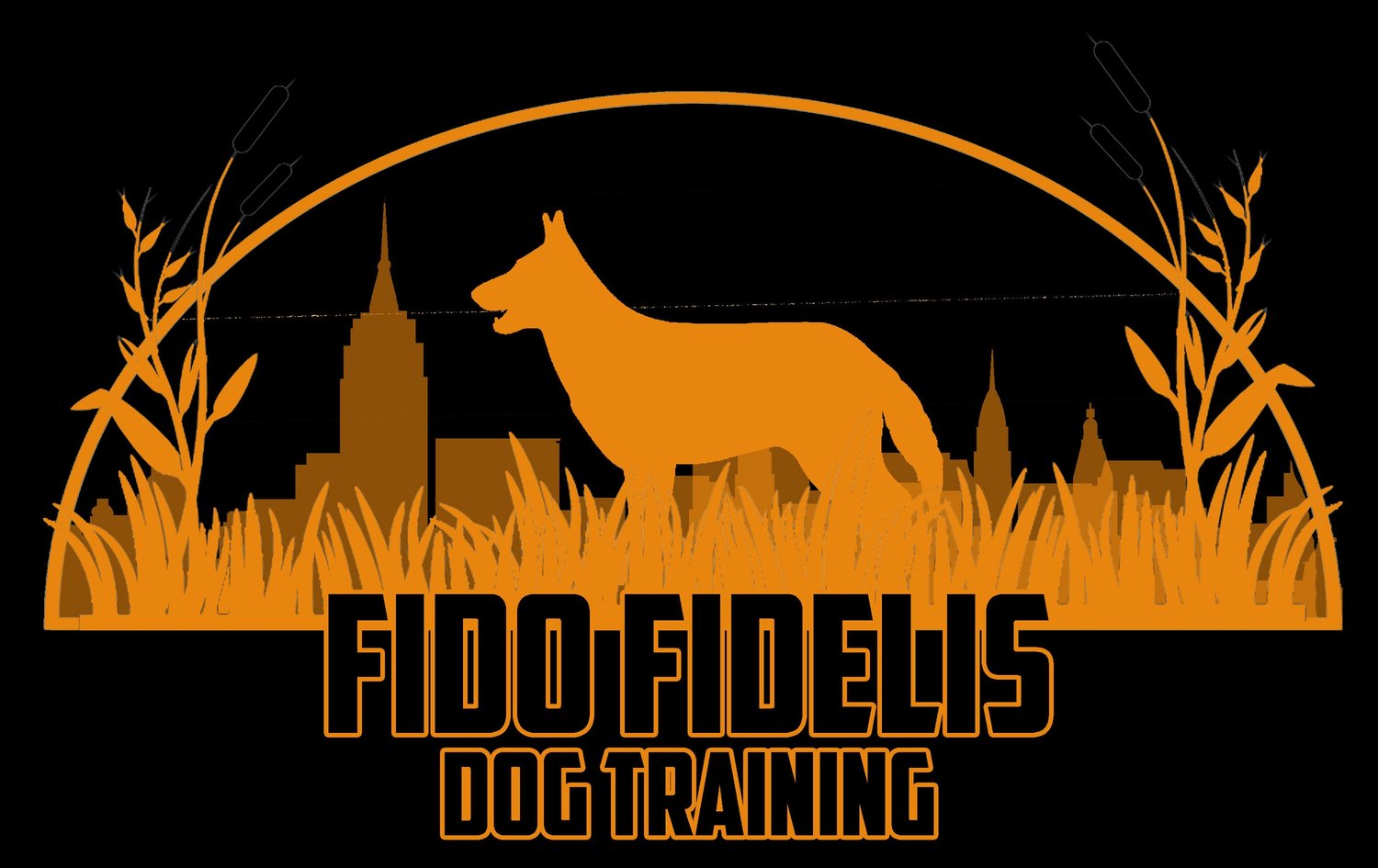Operant conditioning is a type of learning that involves the use of rewards and punishments to shape behavior. There are four main quadrants of operant conditioning, and each quadrant plays an essential role in shaping a dog's behavior.
Positive Reinforcement
Positive reinforcement is the process of rewarding a dog for a desired behavior. When a dog performs a desired behavior, such as sitting on command, they are rewarded with something they enjoy, such as a treat or praise. This encourages the dog to repeat the behavior in the future, as they have learned that it leads to a positive outcome.
Negative Reinforcement
Negative reinforcement involves removing an unpleasant stimulus when a dog performs a desired behavior. For example, if a dog is taught to come when called, their owner may stop pulling on the leash when the dog approaches. This encourages the dog to repeat the behavior in the future, as they have learned that it leads to the removal of an unpleasant stimulus.
Positive Punishment
Positive punishment involves adding an unpleasant stimulus when a dog performs an undesired behavior. For example, if a dog jumps on a visitor, their owner may give a verbal correction or a quick tug on their leash. This discourages the dog from repeating the behavior in the future, as they have learned that it leads to an unpleasant outcome.
Negative Punishment
Negative punishment involves removing a pleasant stimulus when a dog performs an undesired behavior. For example, if a dog bites during playtime, their owner may stop the game and ignore them for a short period. This discourages the dog from repeating the behavior in the future, as they have learned that it leads to the removal of a pleasant outcome.
All four quadrants of operant conditioning are important because they can be used in different ways to shape a dog's behavior. Positive reinforcement is an effective way to encourage desired behaviors, while negative reinforcement can help dogs learn to avoid unpleasant stimuli. Positive punishment can discourage undesired behaviors, while negative punishment can encourage dogs to modify their behavior to receive a desired outcome.
It's important to note that each quadrant must be used appropriately and in moderation. Overuse of positive punishment or negative punishment can lead cause behavior to become worse over time. Therefore, a balanced approach to training that uses all four quadrants in an appropriate and humane way is the most effective way to shape a dog's behavior.
